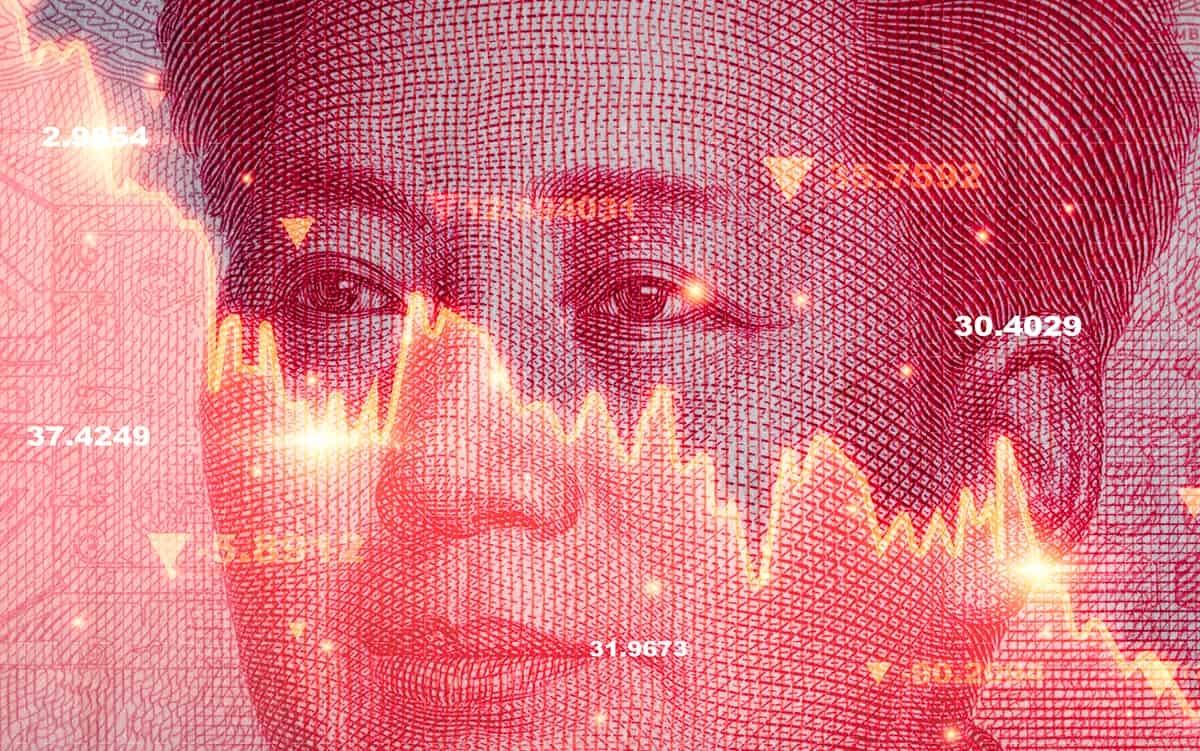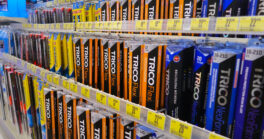Despite the brief burst of expansion that followed the lifting of Covid-19 restrictions early this year, China’s government, businesses, and households continue to struggle with declining global trade, weak consumer spending, and a growing real estate crisis.
These issues affect the banking sector too, although the degree of exposure varies for each institution. While the country’s biggest commercial and policy banks—prominent in the top half of the Global Finance Safest Banks in China rankings—benefit from considerable stability as a result of government ownership, those in the bottom half are at higher risk given their comparatively narrower franchises and smaller balance sheets.
This year’s rankings include two new entrants: Bank of Nanjing and Bank of Chongqing, at No. 24 and No. 25, respectively. WeBank fell out of our rankings, as it is no longer a rated entity; and Fubon Bank (China) is wholly owned by its parent, making it ineligible under our criteria.
With third quarter gross domestic product (GDP) increasing to 4.9% on an annualized basis, the economy is within reach of Beijing’s 5% policy goal for 2023.
Real Estate Risks
However, significant headwinds persist, with problems in the real estate sector representing the most substantial near-term risk for both the economy and investors. At 30% of GDP, real estate is an enormous component of the economy, and the Chinese banking sector’s exposure to real estate is estimated to be upwards of 40% of total loans.
Additionally, new home sales for China’s 100 largest property developers have plummeted, recording a 33% YoY decline as of the end of July. One of the country’s largest developers, Country Garden, is at risk of defaulting on its debts.
Exacerbating this growing crisis are structural problems, notably an aging population. Despite ending its “one child” policy the better part of a decade ago, the country’s population contracted in 2022 for the first time in 61 years. Unemployment among Chinese youth has exceeded 20% since April. Moreover, with eroding financial markets, China is experiencing record capital outflows in the billions of dollars monthly as foreign investors retreat.
These none-too-encouraging trends are reflected in rating agency outlooks. Moody’s has maintained its negative outlook on Chinese banks, citing a deteriorating operating environment along with asset quality and profitability pressures related to the country’s slow recovery.
Emerging Trade Troubles
Adding to the challenges, August data showed exports falling 8.8% and imports declining 7.3% YoY. More troubling is an expanding tech war with the US, which recently said that it would continue to restrict shipments of artificial intelligence chips and chipmaking equipment. This represents a coordinated effort by the US, the Netherlands, and Japan, which control these components, to keep them out of Chinese hands.
Responsive Policies
Policy response to these challenges has been limited to date. To support the economy and provide additional liquidity to the banking sector, the People’s Bank of China cut its benchmark loan prime rate a modest 10 basis points to 3.55% in June and again to 3.45 in August. In September, the central bank cut its reserve requirement by 25 basis points, having made a similar cut in March.
Chinese authorities have enacted additional relief and stimulus measures. The People’s Bank has extended loan repayment terms for property developers and is cutting mortgage rates for first-time home buyers, with favorable terms extending through 2024. Boosting persistently weak levels of consumer spending represents a critical component of a sustained recovery—though retail sales enjoyed only a small bump from the “Golden Week” holiday in early October—and the government has accordingly launched initiatives including favorable loans to boost consumption in autos, housing, consumer electronics, and the service industries.
These measures may not be enough to reverse the country’s economic woes, however. Chinese authorities’ reluctance to add to already high levels of government debt stands in sharp contrast to other countries’ policy responses, which have centered on a heavy dose of fiscal and monetary stimulus, frequently taking the form of large government-led infrastructure projects.
Methodology: Behind the Rankings
The scoring methodology for the Safest Chinese Banks follows that used in our other Safest Banks rankings. A rating of AAA is assigned a score of 10 points, AA+ receives nine points, down to BBB- worth one point and BB+ worth -1 point, and so on. When a bank has only two ratings, an implied score for the third rating is calculated by taking the average of the other two and deducting one point. When a bank has only one rating, an implied score for the second rating is calculated by deducting one point from the actual rating, and an implied score for the third rating is calculated by deducting two points from the actual rating.




